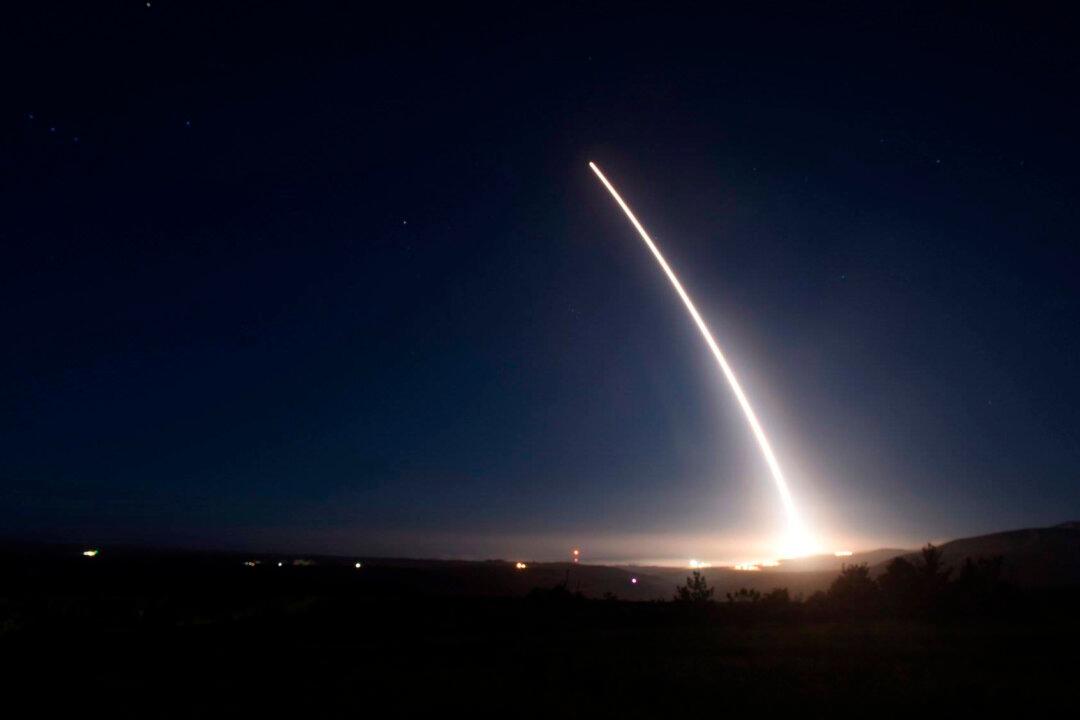President Joe Biden’s proposed fiscal year 2025 (FY25) budget request includes a 3.6 percent boost in Department of Energy (DOE) nuclear weapons programs to nearly $20 billion, an all-time high annual expenditure for the department in the 30-year, $1.5 trillion plan to modernize the nation’s strategic nuclear arsenal.
During a May 1 hearing before a House Energy and Commerce Committee panel, Republicans argued that more money must be committed to DOE and Pentagon nuclear weapons programs and that the nation’s strategic policy must be revised for the first time since the Cold War.





